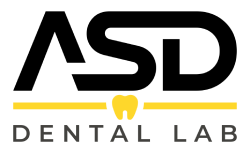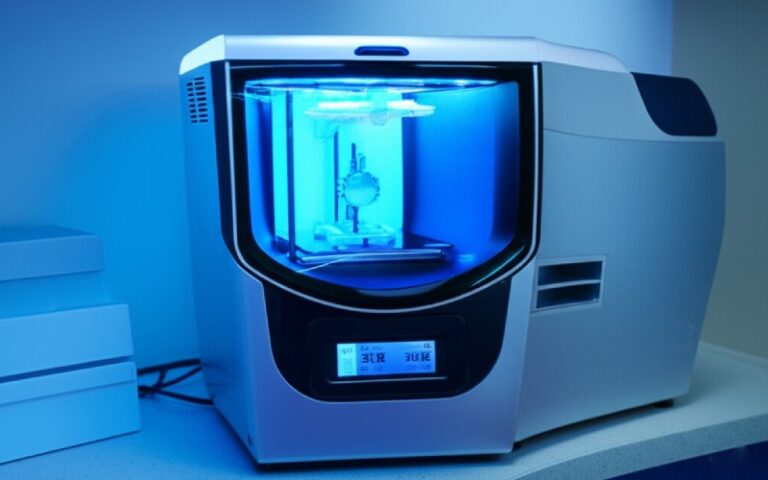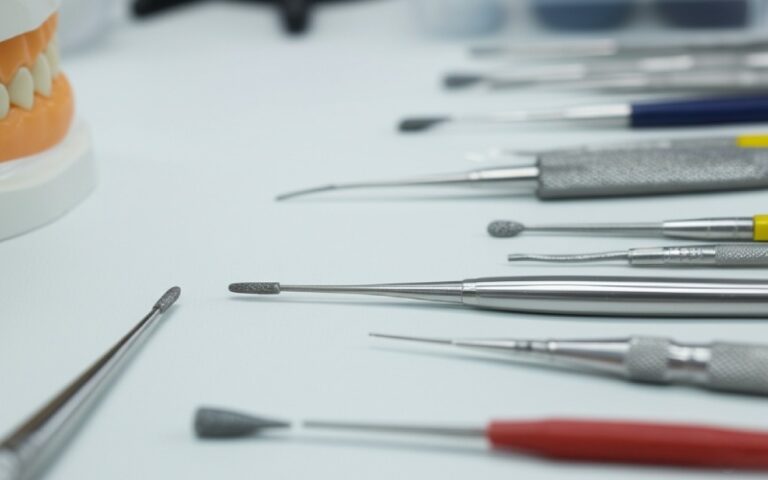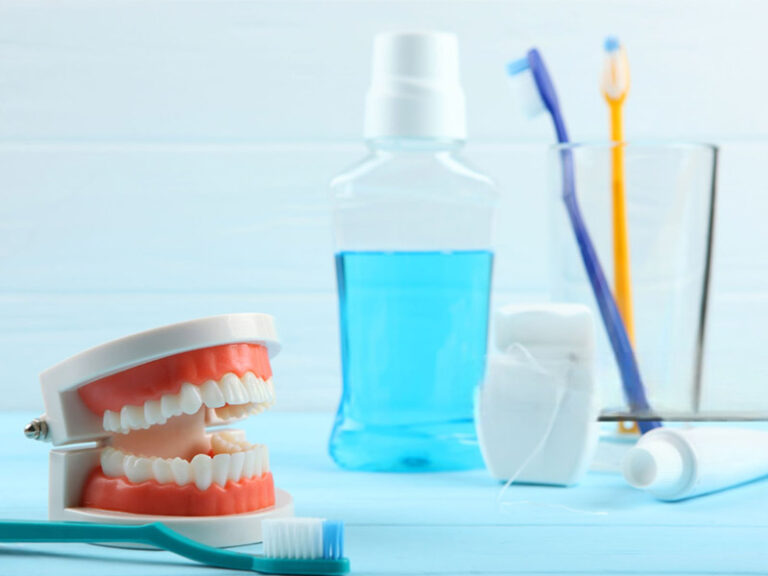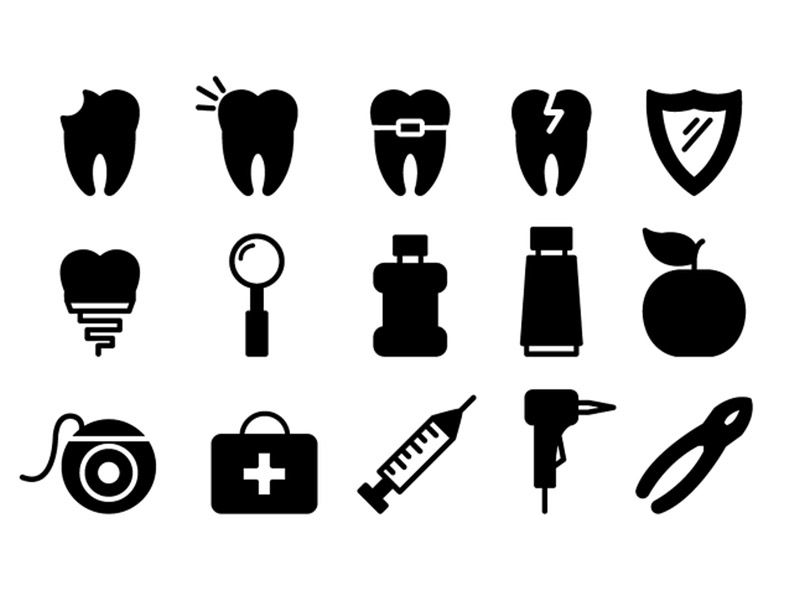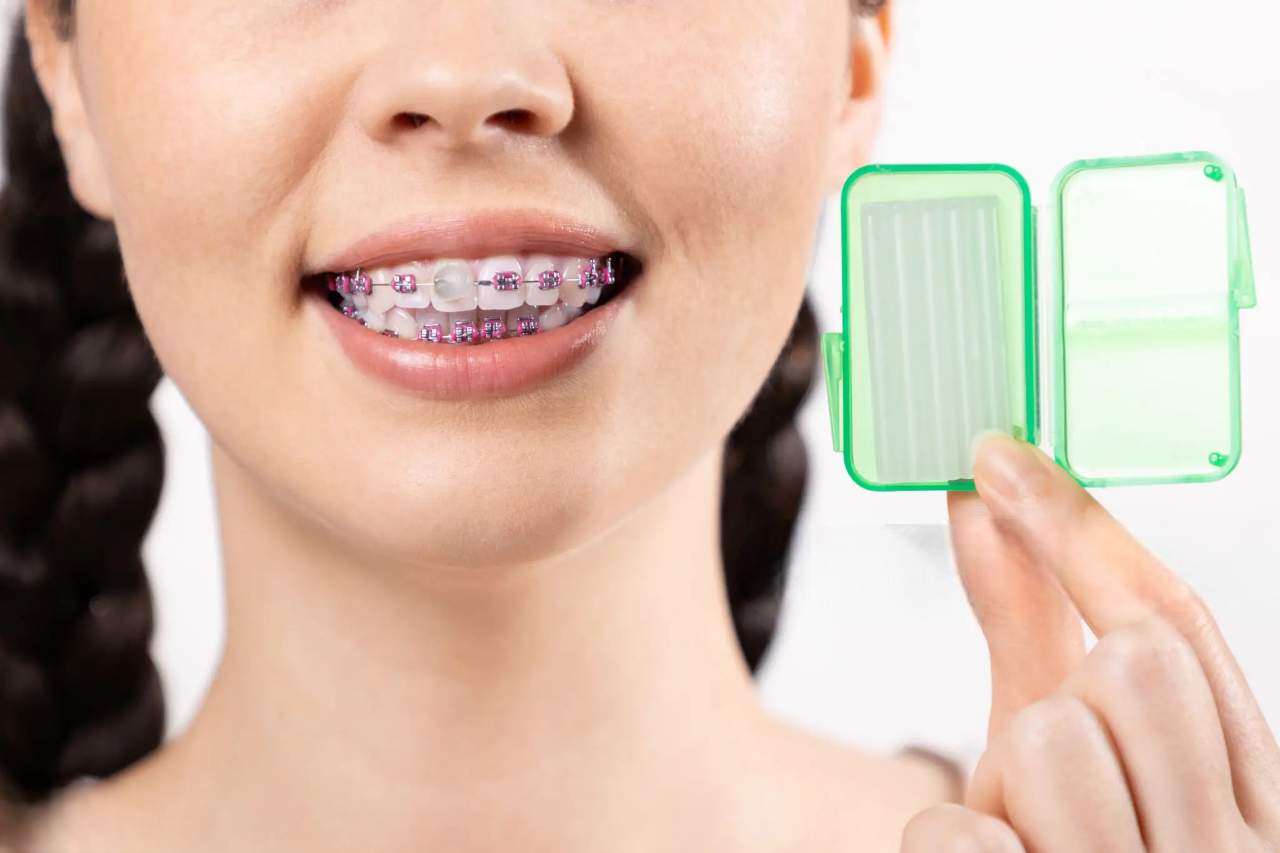
Gingivectomy: The Complete Guide to Gum Surgery
That moment when you glance in the mirror and spot your gums—you might start wondering, are they too high? Too low? Suddenly, a simple dental visit becomes a talk about gum surgery, and you hear a new word: “gingivectomy.” If your dentist or periodontist has mentioned this procedure, or you’re just curious about what a gingivectomy really is, you’re in good company. Lots of people feel nervous or have questions when it comes to gum surgery.
First, let me put your mind at ease: It’s totally normal to feel worried. “Gum surgery” can sound scary, but with some clear info and a little reassurance, you’ll see that a gingivectomy is a common, simple procedure for both health and looks. Whether you’re fighting gum disease, fixing a gummy smile, or getting ready for dental work, you deserve to know what’s coming.
Table of Contents
What is a Gingivectomy? An Easy Explanation
Let’s get straight to the point. A gingivectomy means the dentist removes a little bit of gum tissue (your gums are actually called “gingiva,” which is where the name comes from). Don’t let the word “surgery” freak you out—it’s more like shaping or trimming than anything major. Dentists use this technique to treat gum problems or tidy up the gum line so your smile looks its best.
In simple terms, a gingivectomy does two main things: it helps your gums get healthy, and it can also make your smile look better. Some people get it to get rid of tough gum disease pockets, while others want to fix a “gummy smile” or prep their gums for things like crowns or veneers.
We’ll go over everything—from why someone might need it, to how you recover. By the end, you’ll feel ready to make a confident choice and walk into the dental chair like a pro.
Why Would You Need a Gingivectomy? Reasons and Benefits
So, why does anyone need a gingivectomy? Let’s break it down into health reasons and cosmetic reasons.
Fixing Gum Disease
Gum disease is way more common than people think. Almost half of Americans over 30 have some version of it, says the CDC. It starts when you let dental plaque—a sticky mix of germs—build up on your teeth and gums. If you don’t get rid of it, that plaque hardens into tartar and really bothers your gums, creating little spaces (called pockets) between your tooth and gums.
You can think of a gum pocket kind of like a tiny gutter at the base of your fence post. It collects gunk, is hard to keep clean, and if you don’t treat it, it can wreck the bone that holds your tooth in place.
A gingivectomy steps in to cut away this sick gum tissue and make those pockets smaller. When that’s done, your dentist can reach all the hidden germs, clean your mouth, and help you keep your teeth for years to come.
Some medicines—like phenytoin, cyclosporine, or some blood pressure pills—can cause your gums to grow too much (this is called gum overgrowth). No amount of brushing will fix that. In this case, a gingivectomy is the best way to bring your gums back to normal.
Making Your Smile Look Better
For plenty of folks, a gingivectomy isn’t just about staying healthy—it’s about feeling good about their smile. If you feel like your gums show too much when you smile (that’s called a “gummy smile”), this step can give you a more even gum line.
Think of it as a little “makeover” for your gums: it gets rid of extra gum to let you show more tooth, or smooths out the gum line so everything looks balanced. People who plan to get things like veneers or crowns sometimes need this surgery first so their new teeth look natural.
Quick Benefits:
- Gets rid of infected gum tissue, so your gums get healthy again
- Makes gum pockets smaller, lowering your risk of losing teeth
- Makes it easier to clean your teeth and gums
- Helps your smile look better and more even
- Gets your mouth ready for new crowns or veneers
Are You a Good Fit for a Gingivectomy?
Not everyone needs a gingivectomy, even if their gums feel weird or look a bit off. How do you know if it’s right for you? Let’s talk about what signs to look for, and what your dentist will check.
Common signs and problems:
- Puffy, sore, or bleeding gums
- Bad breath that won’t go away, even after brushing
- Deep gum pockets you can’t clean at home
- Gums that cover too much of your teeth (that “gummy” look)
- Gum overgrowth caused by medicine or rubbing
If any of these sound like you, your next stop is a dental checkup. Your periodontist will check your gums with a very thin probe, look at X-rays to see if there’s any bone loss, and see how well you look after your teeth.
You’re usually a good fit if:
- Basic treatments (like a deep cleaning) haven’t worked
- You have pockets 4mm deep or more that just won’t get better
- Your gums are otherwise healthy and can heal well after surgery
- You really don’t like how your gums look
If you have really bad diabetes, smoke a lot, or heal slowly, you might not be the best candidate. The best way to know is to have an honest chat with your dental professional.
Gingivectomy vs. Other Gum Surgeries: What’s the Difference?
Gingivectomy is great but other procedures can sometimes work better. Here’s a simple look at how they’re not the same.
Gingivectomy vs. Gingivoplasty
- Gingivectomy: Removes sick or extra gum tissue, especially to fix deep pockets or gum overgrowth.
- Gingivoplasty: Reshapes the gum line to make it look nicer and more even. Dentists often do both at once, especially when someone wants a better-looking smile.
Gingivectomy vs. Crown Lengthening
- Crown Lengthening: This one takes off both gum and sometimes a bit of bone to show more tooth. This matters if you have a cavity or damage under the gum, or if you want to get a crown on your tooth.
In short: gingivectomy is like trimming a little off the edge, while crown lengthening digs deeper, giving your dentist more tooth to work on.
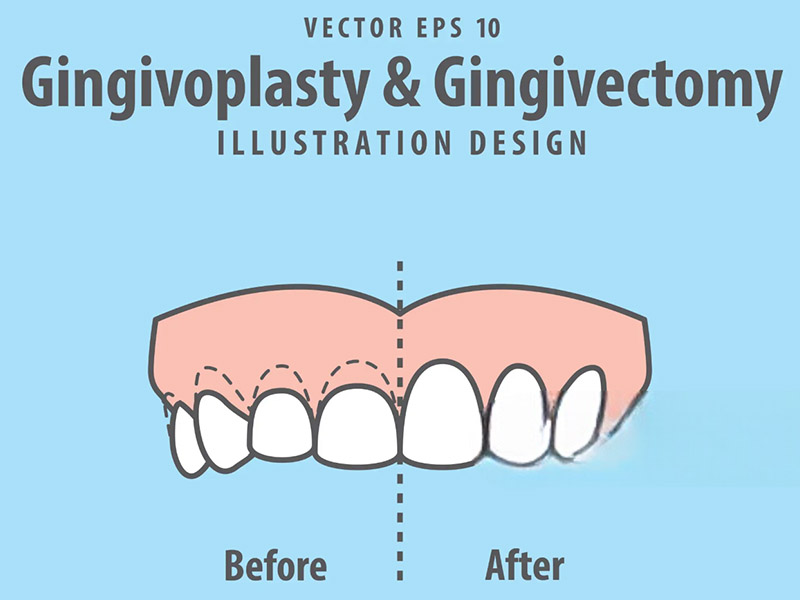
How Does the Gingivectomy Procedure Go? Step by Step
Curious about what actually happens? Don’t worry, it’s not as scary as it sounds. Here’s the rundown.
Step 1: Getting Ready and Numbing Up
- Your dentist or periodontist will first clean your teeth to get rid of any big bits of plaque.
- Then, they’ll numb the area with a local anesthetic (often lidocaine), so you won’t feel pain during the work—just a bit of pressure.
Step 2: Doing the Surgery
There are a few main ways your dentist might do a gingivectomy:
- Scalpel Technique: The old-school way uses a small, sharp knife to trim away the gum. It’s careful and precise, used for both health and cosmetic reasons.
- Laser Technique: This uses a laser light to remove the tissue. Most people bleed less, swell less, and heal a bit faster with lasers. Studies even show you’ll probably need less pain medicine.
- Electrosurgery: This method uses a small electric current to cut and seal the tissue at the same time. It’s fast, with very little bleeding.
Your dentist will pick what’s best for you, your gums, and your comfort.
Step 3: Cleaning Up
- The dentist will rinse out your mouth and make sure no pieces are left behind.
- Sometimes, they’ll put a soft bandage (like a little putty) over the area to protect it for a few days while it starts to heal.
The whole thing usually takes anywhere from 30 to 90 minutes, depending on how many teeth are being worked on.
Gingivectomy Recovery and Aftercare: How to Heal
Let’s be honest: nobody loves recovering from surgery. But here’s some good news—gingivectomy is often easier and quicker to heal than you might expect. Knowing what to do makes everything go smoother.
First 24–48 Hours
- Expect a bit of swelling, light bleeding, and some soreness. This just means your body is getting to work.
- Use pain pills if your dentist prescribes them—something like ibuprofen or acetaminophen.
- Keep the area clean but be gentle. Your dentist may want you to use a special mouth rinse (like Peridex) instead of brushing right by the sore spot.
- Leave the bandage alone—don’t pick at it.
Tip: Ice packs on your cheek (15 minutes on, then off) can help with swelling.
Week 1: What to Eat, How to Clean, and Resting Up
- Eat soft foods: Try yogurt, smoothies, eggs, cottage cheese, soup (not hot), mashed potatoes, pasta, or soft-cooked veggies.
- Skip: Crackers, crusty bread, spicy or tangy foods, crunchy stuff, and alcohol. They make your gums hurt more and slow down healing.
- Brushing: Brush and floss your other teeth as normal, but avoid brushing the treated area. Rinse gently with mouthwash.
Weeks 2–4: Healing Up and Checkups
- Your gums start to rebuild. That bandage might fall off, or your dentist might replace it.
- Follow-up visits with your dentist are key—they’ll make sure it’s healing well and take out any stitches if there are any.
Full Healing: How Long Does It Take?
- The first healing takes 1–2 weeks for the gum surface.
- Full healing and final results show up in 4–6 weeks.
- Your gums keep looking better as time passes.
Pro tip: Go to your follow-ups. Seriously. That’s how you get the best results.
Possible Risks and Problems
Almost every surgery has some risk, even dental ones. The good news? Big problems are rare if you see an experienced dentist.
The most likely, mild problems:
- Your teeth are a bit sensitive, especially to cold drinks and foods
- Some swelling or mild bruises
Sometimes, these can happen:
- Infection (look for redness, pus, fever—if you see this, call your dentist)
- Bleeding that won’t stop (rare—press a clean cloth, then call your dentist)
- Your gums might heal unevenly, leaving spaces (“black triangles”) between teeth
Your dentist wants you to heal well, so you can help by following their instructions, not smoking, skipping booze, and keeping your mouth clean.
How Much Does Gingivectomy Cost?
Let’s face it—money matters. The cost of gingivectomy changes a lot, based on how hard the job is, where you live, and the way it’s done.
What affects the price:
- How many teeth or spots need fixing
- Which method your dentist uses (lasers sometimes cost more, but may mean faster healing)
- Where you live (big-city prices are usually higher)
- How experienced your dentist or specialist is
Rough cost:
- $200–$400 for each tooth if you want it for looks
- $1,000–$3,000 for a whole section of your mouth
Does insurance help? If you need a gingivectomy to fix gum disease or a problem from medicine, insurance might cover it. If you just want your smile to look better, you’ll likely pay yourself. Every insurance plan is different, so always ask.
Frequently Asked Questions (FAQ) about Gingivectomy
Is a gingivectomy painful?
Most people feel only a little sore, thanks to the numb shot. You can use regular painkillers and, after a day or two, most people feel fine.
How long does the procedure take?
It takes anywhere from half an hour to an hour and a half, depending on how many spots you’re having fixed.
Do gums grow back after a gingivectomy?
No, the gum doesn’t grow back where it was cut. But with good care, the gum you keep will stay healthy and firm.
Will I need time off work?
Lots of people go back to work or school the next day, especially if only one or two teeth were treated. If you had more work done, you might want to take a day to rest.
When can I brush my teeth normally again?
You can brush and floss the parts of your mouth that weren’t treated that same night. As for the surgery area, wait for your dentist to say it’s okay—this is usually in a week or two.
Conclusion: Is a Gingivectomy Right for You?
Let’s sum up. A gingivectomy is a safe, proven way to fight gum disease, fix a gummy smile, and set the stage for new dental work. When you trust your dentist and look after your mouth, you’ll get both healthier gums and, let’s be honest, a better looking grin.
Key points:
- It trims away sick or extra gum to help your mouth look and feel better
- Healing’s usually faster and easier than you’d guess
- It can stop bigger dental problems before they start
- Most people love the results—a bright, even smile that feels totally worth it
What to do next:
If your dentist mentioned a gingivectomy, don’t be shy about asking lots of questions. A good dentist or periodontist will guide you through every step, explain what to expect, and set up a plan to match your needs and wishes. Want to take care of your gums for good? Make that appointment and have a real talk—your future smile will thank you.
Sources & Extra Reading
- American Dental Association (ADA): Gum Disease Information
- Centers for Disease Control and Prevention (CDC): Periodontal Disease
- American Academy of Periodontology (AAP): Gingivectomy
- Journal of Periodontology, International Journal of Dentistry
Remember: Gum surgery might sound daunting, but you’re not in this alone. With good info, prep, and the right dentist, you can get a healthier mouth and a smile you’ll be proud to show.
